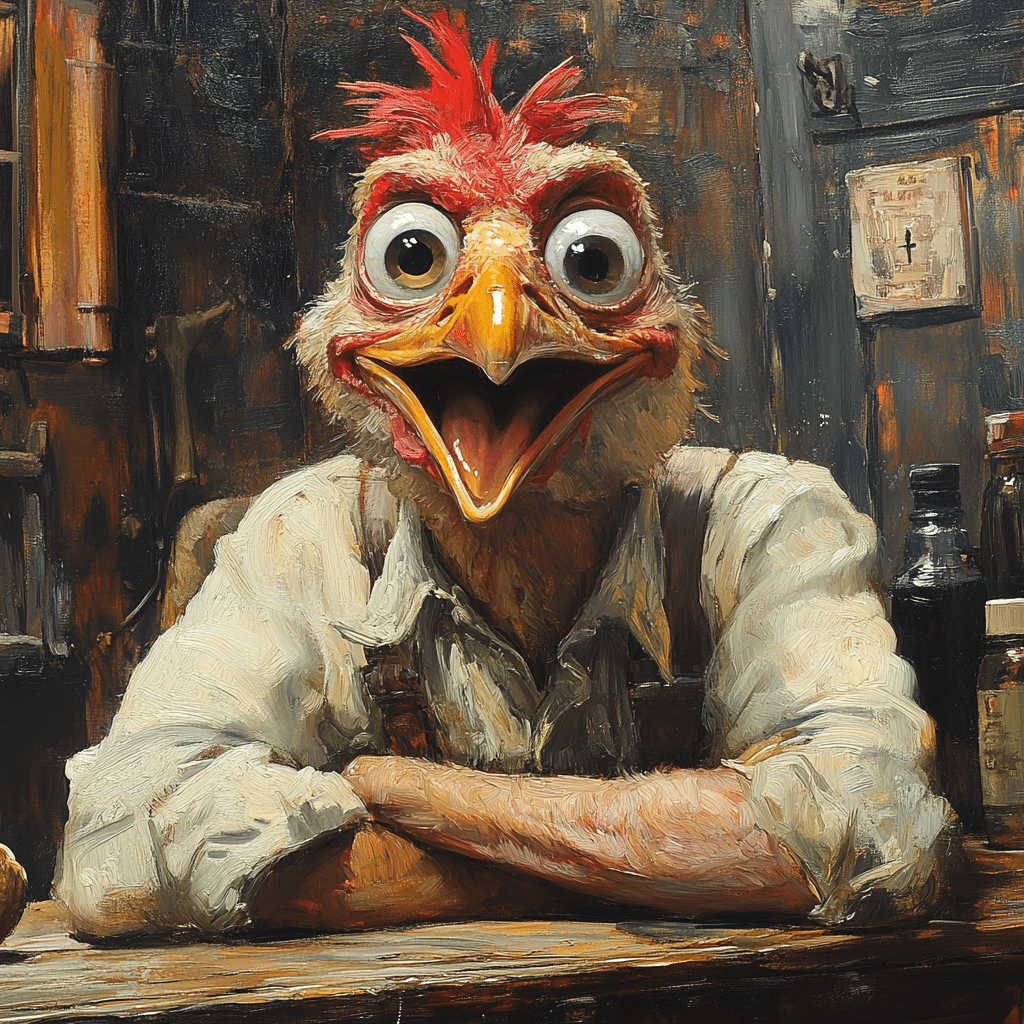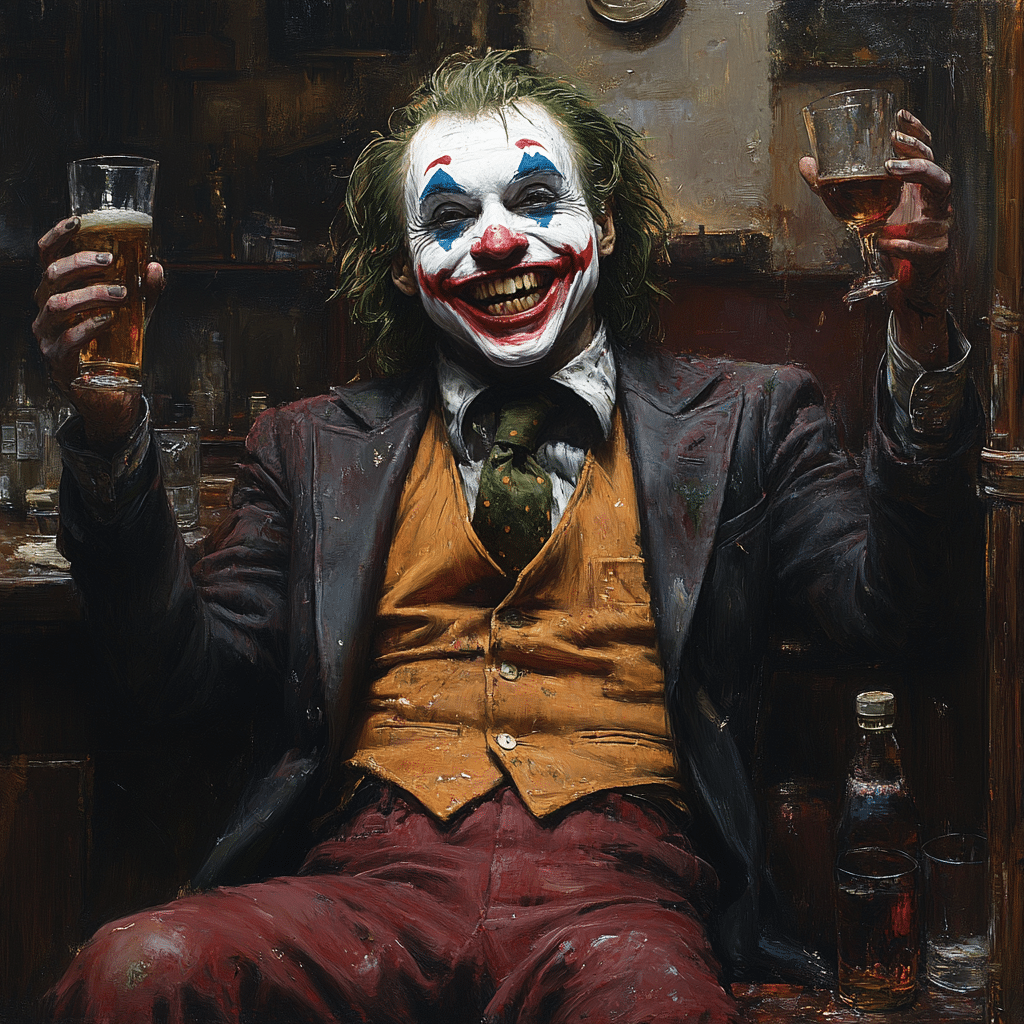When it comes to inappropriate jokes, the laugh factor can be as wild as it is controversial. While these jokes often tread a fine line, they also bring a certain thrill and excitement to comedy that keeps fans engaged. The discomfort of inappropriate jokes isn’t lost on anyone; it’s part of what makes them so alluring. Why do we laugh in moments we’re not supposed to? In this article, we’re diving deep into the world of inappropriate jokes—examining why they can evoke laughter, some of the wildest examples across film and stand-up, and how they continue to evolve within our ever-changing society.
The Fine Line of Inappropriate Jokes: Why We Laugh
Inappropriate jokes challenge social norms, creating a unique space where laughter can thrive amidst tension. Humans often laugh at discomfort as a coping mechanism. It allows us to defuse the seriousness of tough situations—think of humor as a social safety valve. Not surprisingly, many of our favorite cult classics take these risks, showcasing how offensive humor can provoke thought while still igniting laughter.
Moreover, these jokes allow people to confront taboo subjects without immediately devolving into tension-filled conversation. For example, films like “South Park: Bigger, Longer & Uncut” and the work of comedians like Sarah Silverman and Dave Chappelle illustrate this beautifully. They reveal the power of inappropriate humor to make us think harder about society, politics, and identity—all while making us laugh out loud.
It’s essential to recognize that the context matters greatly. What may be seen as hilarious in one setting could be viewed as tasteless in another. The brilliance of comedians often lies in their ability to read the room, tailoring their inappropriate jokes to suit the audience they’re performing for. But even then, the line between funny and offensive can be surprisingly thin.

Top 7 Inappropriate Jokes That Shock and Amuse
Inappropriate humor gets a lot of flack, but some jokes have transcended their shock value to create lasting impressions. Context is everything. Here’s our list of seven inappropriate jokes that were met with both laughter and raised eyebrows, all while pushing boundaries.
1. Celebrities with Autism: Humor or Insensitivity?
Comedian Jim Jefferies is no stranger to bold topics. His jokes about celebrities with autism, such as Dan Aykroyd, have sparked significant debate. While some applaud Jefferies for normalizing conversations about autism, others feel that framing the condition through humor can be insensitive. This ongoing discussion illustrates the delicate balance between comedy and empathy.
2. Dirty Jokes in the Age of Cancel Culture
The world of stand-up is rife with dirty jokes, particularly through the lens of comedians like Amy Schumer and Dave Chappelle. Schumer’s jokes dive into her personal experiences, often tackling women’s sexuality with a refreshing candor that simultaneously raises eyebrows and sparks laughter. However, current societal dynamics demand that comedians tread carefully, especially with shifting lines around what jokes are deemed acceptable.
3. The Role of Racist Jokes in Modern Satire
Comedians like Chris Rock harness racist jokes cleverly and provocatively. Rock’s work doesn’t simply present racism; it forces audiences to confront hard truths about race relations and societal attitudes. The intention behind such jokes often seeks to question existing prejudices rather than reinforce them, making it a complex yet fascinating tool in modern-era comedy.
4. Paw Prints and Gender Norms
Jokes about paw prints and pets invoke humor around gender roles in unexpected ways. Online memes often riff on masculine vs. feminine behaviors in pet ownership. These lighthearted takes highlight societal stereotypes while keeping the laughter flowing. Sometimes, poking fun at our love for pets spaces the gap between rigid gender norms.
5. Bad Jokes and Pranks: The Art of Misdirection
Classic bad jokes often emerge in the form of unintentional punchlines that elicit laughs through sheer awkwardness. Who hasn’t cringed during a dad joke that somehow circles back on itself? For instance, “Why did the scarecrow win an award? Because he was outstanding in his field!” Pranks also thrive on bad setups, revealing how subverting expectations can create comedic magic.
6. Fake Teeth: Self-Deprecating Humor in Celebrity Culture
Tackling physical flaws like fake teeth offers comedians a venue for self-deprecation. Stars like Gilda Radner and Jimmy Fallon use their quirks and imperfections to connect with audiences. The absurdity found in self-mockery often fosters a shared sense of humanity, transforming personal flaws into collective laughter.
7. Creepers and Inappropriate Advances in Comedy
Comedians like Sarah Silverman leverage their platforms to shed light on uncomfortable truths, often discussing creepers and inappropriate advances. Her humor allows audiences to confront issues like harassment, providing a coping mechanism through laughter. It offers a unique opportunity to turn a grim reality into relatable comedy.
The Evolving Landscape of Inappropriate Humor
As societal attitudes shift, so too does the landscape of inappropriate humor. The rise of social media has reshaped how quickly jokes can circulate but has also intensified consequences for those who push the envelope. Comedians now operate in a space where immediate backlash can arise from their material, requiring them to stay nimble and sensitive to audience reactions.
Navigating these waters is key for humorists. They must strike a fine balance between making hard-hitting jokes and remaining aware of broader societal implications. These conversations around inappropriate jokes prompt society to scrutinize biases and reckon with truths that can often be hidden beneath the surface.
Ultimately, inappropriate humor is a reflection of our current climate. As we laugh through awkwardness, uncomfortable realities, and societal taboos, we engage in profound dialogues without even realizing it. Striking the balance between respect and humor remains a challenge, offering comedians a navigational guide through the minefield of modern comedy. So, the next time you hear an inappropriate joke, take a moment to explore what it’s really saying—and who knows, you just might find a little wisdom behind the laughter.

Inappropriate Jokes: The Fine Line Between Humor and Taboo
The Origins and Evolution
Inappropriate jokes have deep roots in human culture, often acting as a mirror reflecting society’s hang-ups and absurdities. Just think about that classic punchline that seems to break all the rules—how often has it sparked a riot of laughter, making even the most stoic among us chuckle? Speaking of unlikely pairings, did you know that even mundane items like Oikos yogurt or V8 juice can inspire some hilariously offbeat jokes? It’s a reminder that humor can be found in the most unexpected places, pushing boundaries while also challenging our perceptions.
What Makes a Joke Inappropriate?
The line between funny and offensive can be razor-thin, like a delicate balance sheet where one misstep leads to financial disaster! Just like the amortization calculation formula lays out the specifics of a mortgage, analyzing humor requires peeling back layers to reveal intent, context, and timing. One person’s humor can prompt another’s cringe, especially around sensitive topics. Interestingly, many comics leverage this tension, understanding that what makes an audience squirm can also make them laugh harder than they ever expected.
Inappropriate Jokes: A Cultural Commentary
From watercooler antics to late-night talk shows, inappropriate jokes serve as social commentary, poking fun at taboos while often serving a deeper purpose. A perfect example? Consider how jokes about brands we know and love—like Jarritos soda—can( contribute to a shared experience of laughter. Or the absurdity of making light of serious issues, which, while controversial, highlights societal norms and expectations. And just like data suggests people might seek out Finding local Rehab Centers for serious concerns, humor can pave the way for dialogues about those tough subjects.
In the end, inappropriate jokes walk a tightrope that can lead to both laughter and discomfort. Whether it’s through the lens of comedy specials or casual banter, they show us our quirks and contradictions. So next time you hear that edgy punchline, consider the layers at play—your gut reactions, the uncomfortable truths, and that undeniable laughter that follows. And remember, there’s always a place for humor, even when it’s as outrageous as a story about Kauchani Bratt, or as necessary as slipping on a comfy pair of Spenco shoes after a long day.
Ultimately, inappropriate jokes aren’t just funny—they’re a fundamental part of how we engage with the world and each other.





